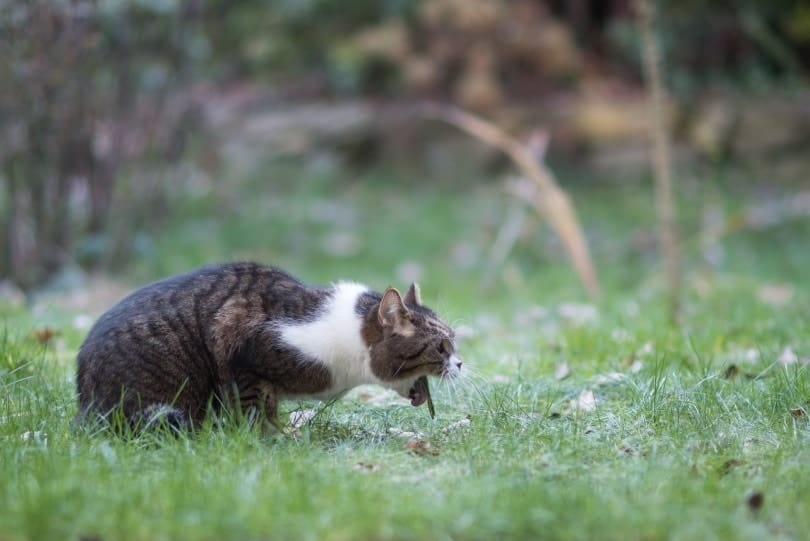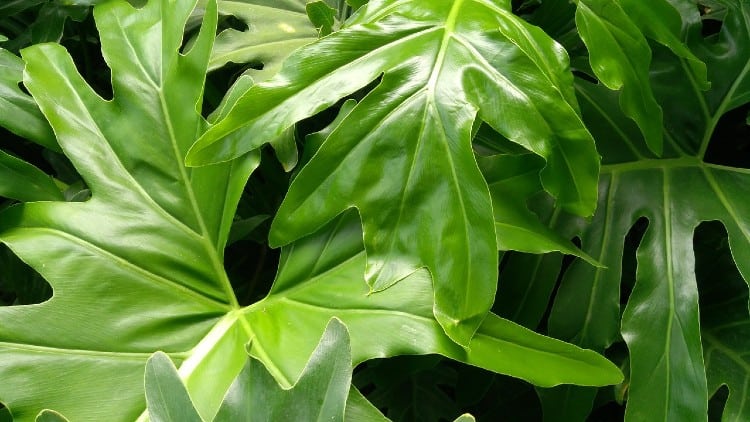It’s no secret that cats love to explore their surroundings. And with all the new plants becoming popular in homes and gardens, it’s important to know if any of them are toxic to our feline friends.
Philodendrons are not toxic but can cause irritation to a cat’s stomach if ingested. The leaves of the plant contain calcium oxalate crystals, which can cause irritation in the digestive tract.
What Are Philodendrons and What Do They Look Like?
Philodendrons are a type of evergreen tropical plant that is native to the Americas. They are a popular choice for indoor plants because they are easy to care for and have beautiful, eye-catching leaves.
There are many different types of philodendron plants, but they all have large, heart-shaped leaves. The leaves can be green, yellow, or variegated (a mix of colors).
The most common philodendron varieties include:
- Brazil
- Elephant ear
- Heart-leaf
- Pink princess
- Velvet-leaf
Calcium Oxalate Crystals in Philodendrons
All philodendron plants contain calcium oxalate crystals. These crystals are found in the leaves, stems, and sap of the plant.
Calcium oxalate is a naturally occurring substance that is found in many plants. It is not toxic, but it can cause irritation if ingested.
When cats eat philodendron leaves, the calcium oxalate crystals can cause irritation in the digestive tract. Symptoms of this include vomiting, drooling, and difficulty swallowing. In severe cases, it can lead to difficulty breathing.
If large quantities are ingested they can cause more substantial harm. The salts are absorbed into the bloodstream and are not metabolized are deposited in the kidneys. Oxalate stones are a risk of large or frequent ingestion of calcium oxalate crystals.
Symptoms of a Cat That Has Eaten a Philodendron
If you think your cat has eaten a philodendron plant, watch for the following symptoms:
- Vomiting
- Drooling
- Difficulty swallowing
- Difficulty breathing
- Drooling
- Swelling of the mouth
If any of these symptoms arise, it’s best to contact a vet. In many cases, a small amount of philodendron won’t cause any symptoms but a mild stomach upset. In these cases, your cat’s immune system will handle the unwelcome digestive intruder.

What Should You Do If Your Cat Eats a Philodendron?
If your cat has eaten a philodendron plant, it is important to watch for any signs of gastrointestinal upset. Symptoms may include vomiting, diarrhea, and lack of appetite.
If your cat is showing any of these symptoms, contact your veterinarian right away. They will likely want to do a physical examination and may recommend bringing your cat in for X-rays to check for any blockages in the digestive tract.
Treatment for a cat that has eaten a philodendron will depend on the severity of the symptoms. In some cases, no treatment may be necessary, and the symptoms will resolve on their own.
In more severe cases, hospitalization and IV fluids may be necessary. If your cat has a blockage in the digestive tract, surgery may be required to remove it.
Tips for Preventing Your Cat from Eating Houseplants
The best way to prevent your cat from eating houseplants is to keep them out of reach. If you have philodendron plants in your home, make sure they are placed up high where your cat cannot reach them.
You can also try spraying the leaves of the plant with a bitter-tasting spray to deter your cat from chewing on them.
Another option is to cover the pot with a layer of chicken wire to physically block your cat from getting to the leaves. However, this is not particularly pleasing decor!
Final Thoughts
In the case of philodendron snacks, curiosity probably won’t kill the cat—but it might hurt their tummy! It’s best to keep all houseplants out of reach from your cats. This way there’s no risk of them eating one that they shouldn’t or ruining your favorite plant.
If your cat does eat a philodendron plant, watch them closely for any signs of gastrointestinal upset, and call your veterinarian if you are concerned. Most likely they will be fine, but it’s always best to err on the side of caution.
Featured Image Credit: Pixabay














